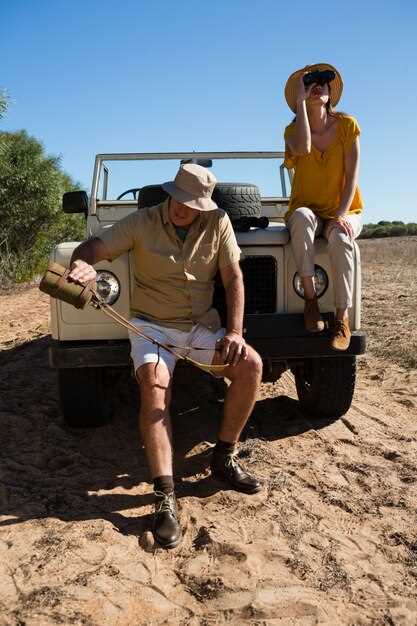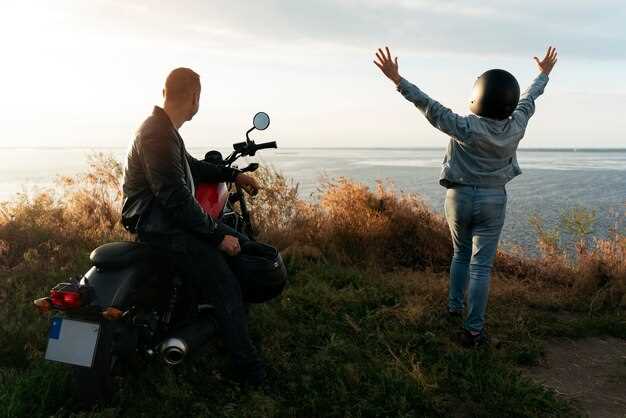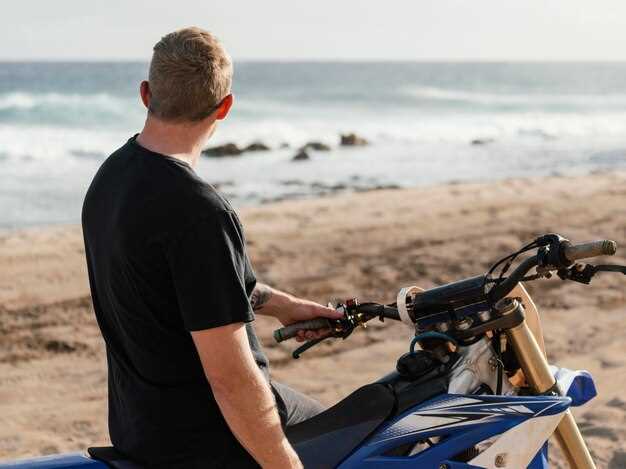

Embarking on an off-road motorcycle adventure is an exhilarating experience, combining the thrill of speed with the beauty of nature. However, proper preparation is crucial to ensure both safety and enjoyment throughout your journey. Understanding the terrain you will be traversing and selecting the right gear can make all the difference between a successful ride and an unexpected mishap.
First and foremost, familiarize yourself with your motorcycle’s capabilities. Not all bikes are equipped to handle rugged paths, so it’s essential to choose a model designed for off-road conditions. Research the features that enhance performance in diverse environments, such as suspension systems and tire types. This knowledge will empower you to confidently tackle any obstacles that come your way.
Additionally, packing the right gear cannot be overstated. From protective clothing to essential tools and supplies, every item you bring should serve a purpose. Consider variables like weather conditions and the difficulty of the terrain when assembling your kit. Remember, a well-prepared rider is a safer rider; proper gear can protect against unforeseen challenges, ensuring that your adventure remains as enjoyable as possible.
Choosing the Right Gear and Equipment for Your Journey

When preparing for an off-road motorcycle adventure, selecting suitable gear and equipment is essential for safety and comfort. First and foremost, protective clothing is a necessity. Invest in a high-quality helmet that meets safety standards, as it is your first line of defense against impacts. Additionally, consider wearing a full-face helmet for optimal protection and good ventilation.
Next, focus on protective apparel. Look for durable, abrasion-resistant jackets and pants that include armor in critical areas like shoulders, elbows, and knees. Materials such as Cordura or Gore-Tex provide both weather protection and breathability. Don’t forget about gloves; opt for ones that offer both grip and protection, ensuring they are flexible enough for long rides.
Boots are another critical component. Choose adventure or dual-sport boots that provide ankle support and are designed for off-road conditions. Waterproof options are recommended to keep your feet dry in varied weather. Additionally, a good pair of socks can enhance comfort and prevent blisters during prolonged rides.
It is equally important to carry the right safety equipment. A basic first aid kit, tools for minor repairs, and a tire repair kit should be included in your setup. Familiarize yourself with how to use each item and ensure they are easily accessible during your journey.
Don’t overlook navigation tools. A map and compass are traditional but reliable options. Alternatively, consider a GPS device or a smartphone app specifically designed for off-road navigation. Make sure to download offline maps before your trip to avoid any connectivity issues.
Lastly, ensure your motorcycle maintenance gear is in good condition. This includes spare fuel, oil, and a selection of essential tools for adjustments along the way. Regular maintenance checks on your bike before your trip can prevent mechanical failures during your adventure.
By carefully selecting the right gear and equipment, you can enhance your off-road motorcycle experience, ensuring a safer and more enjoyable journey.
Planning Your Route and Assessing Terrain Challenges
Planning your route is a critical step in ensuring a successful off-road motorcycle adventure. Start by researching the area you intend to explore. Utilize topographic maps and GPS tools to gather information about trails, elevation changes, and potential hazards. Many online resources and mobile apps provide user-generated content that can offer insights into trail conditions and difficulty levels.
Identify key waypoints along your route, such as fuel stops, campsites, and points of interest. This not only aids in navigation but also ensures you have access to necessary resources. Prioritize routes that match your skill level and the capabilities of your motorcycle, taking into account your experience with various terrains.
Assessing terrain challenges is essential for planning. Understand the types of surfaces you will encounter, such as sand, mud, rocks, or steep inclines. Each type presents unique obstacles. For instance, riding on loose gravel requires different techniques than tackling a rocky path. Evaluate your motorcycle’s handling characteristics in relation to these surfaces and make adjustments to your riding style accordingly.
Consider weather conditions that could impact terrain, such as rain or snow, which can make trails muddy or slippery. Seasonal changes may also affect trail accessibility; check for closures or maintenance schedules. Prepare for unexpected challenges by developing contingency plans, such as alternate routes or emergency procedures if you encounter difficult terrain.
Finally, ensure that someone knows your planned route and expected return time. This is essential for safety, especially in remote areas. By carefully planning your route and assessing terrain challenges, you’ll enhance your off-road adventure, making it both enjoyable and safer.
Safety Measures and Maintenance Tips Before You Ride

Before embarking on your off-road motorcycle adventure, ensuring both safety and motorcycle functionality is crucial. Begin with a thorough inspection of your bike. Check tire pressure and tread depth, as well as the condition of the brake pads and fluid levels. Look for any signs of leaks or wear in the suspension and chain. Proper lubrication of moving parts can prevent mechanical failures on rugged terrains.
Safety gear is a must. Invest in a high-quality helmet that meets safety standards, and wear protective clothing, including gloves, knee and elbow pads, and sturdy boots. Consider body armor for added protection against impacts. Visibility is enhanced with bright-colored gear, especially when riding in variable weather conditions.
Familiarize yourself with the route ahead. Research the terrain, obstacles, and any potential hazards such as water crossings or steep inclines. Carry a map or GPS device to avoid getting lost. Inform someone about your plans and expected return time, especially on remote trails.
Practice essential riding techniques in a controlled environment before hitting the trails. Understand how to navigate through mud, sand, and rocky landscapes. Developing skills in braking, cornering, and balancing is vital for your safety during the adventure.
Prepare an emergency kit to handle unexpected situations. Include tools for basic repairs, a first-aid kit, tire repair supplies, and a flashlight. A reliable means of communication, such as a mobile phone or two-way radio, can also be crucial if assistance is needed.
Finally, check the weather forecast prior to your ride. Conditions can change rapidly, so be prepared for rain or adverse weather. Adapting your route or postponing the adventure may be necessary for safety. Taking these precautions will not only enhance your riding experience but also ensure a safe and enjoyable journey.






